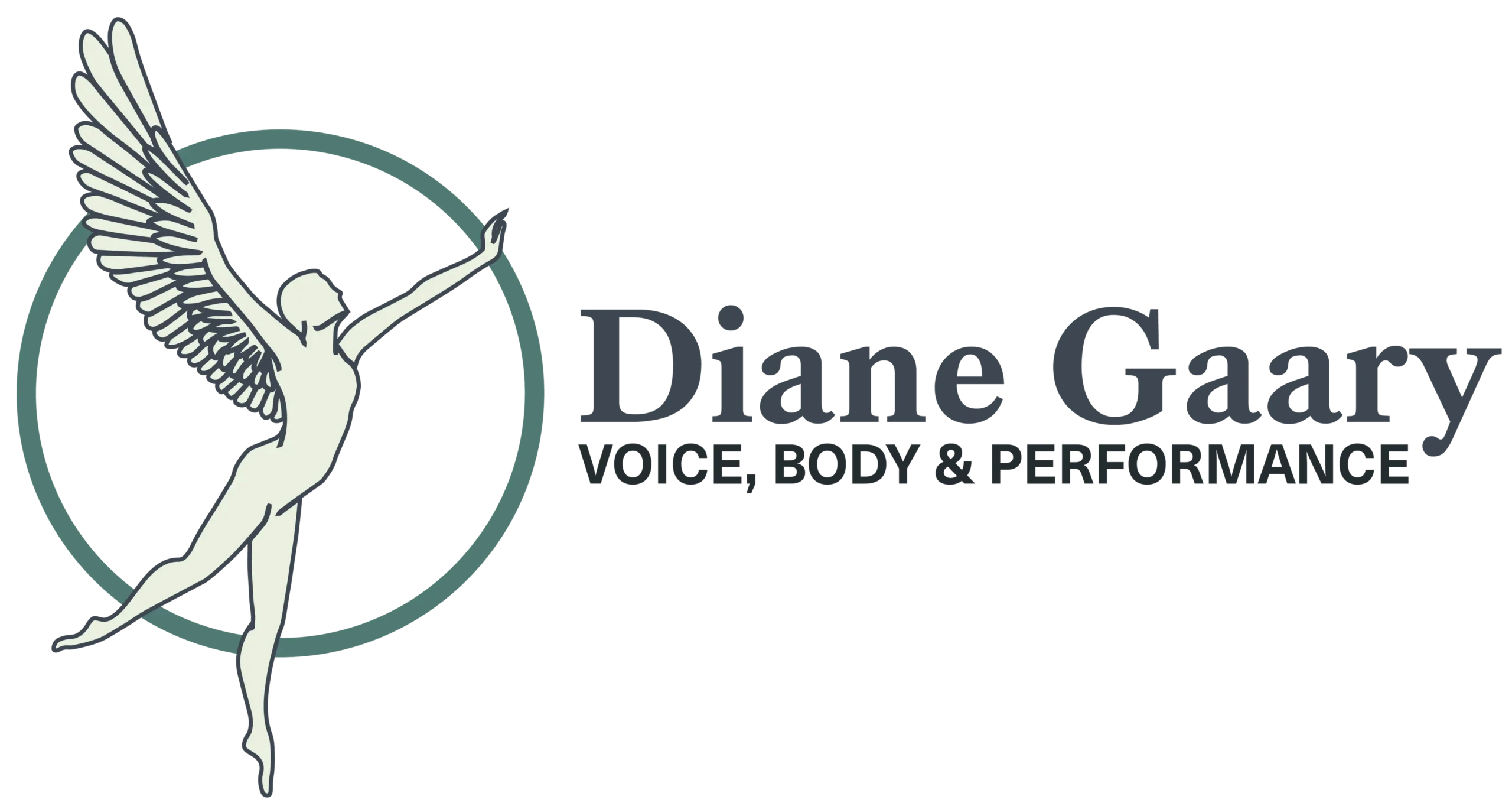Lessac System
Arthur Lessac and his System
Arthur Lessac (1909-2011) was a classically trained tenor who studied at the Eastman School of Music. Despite the best training, he had trouble navigating his passaggio, accessing his falsetto, and integrating his “top” with the rest of his voice. Determined to solve his singing issues, he developed a way to consciously feel the kinesthetic sensations of healthy vocal use and use familiar sensory experiences from life to teach his voice and body to function more effectively. He called the conscious experiencing of his kinesthesia “Kine-sensics,” and he developed a system of working with his voice and body that focused on kine-sensic learning.
Arthur’s uniquely kine-sensic system teaches you to feel and access the enjoyable vibratory, rhythmic, and energetic sensations of healthy vocal and physical use. The system also uses musical metaphors and imaginative explorations to develop creative and practical tools for voice and body use. Overall, the Lessac System increases the esthetic experience of using the voice and body, and combats the anesthetic influences that cause people to lose access to of pleasurable voice and body use. Working in this manner, Arthur was able to guide himself through the parts of his voice that had previously caused him trouble and develop a system to teach Kine-sensics to others.
In 1953 Arthur received a Master of Arts degree in Voice-Speech Clinical Therapy from New York University. As a voice therapist, he worked with speech therapy patients at Bellevue Hospital. As a teacher, he applied his work to a variety of professions and situations. For 20 years, Lessac worked at the Jewish Theological Seminary of America where he taught rabbinical students how to use speech, voice, and expressiveness to inspire their congregations. His work in theatre included coaching Broadway actors and singers, teaching voice in the Stella Adler Theatre Studio, training actors at the Lincoln Center Repertory Company, and directing voice and movement training at SUNY Binghamton. Throughout his life, Arthur continued teaching and researching ways to maximize vocal, physical, and emotional synergy. In 1998, he founded the Lessac Training and Research Institute that continues his work on developing human potential. Through his influential contributions to speech therapy and theatrical voice, speech, and movement training, Arthur Lessac became one of the foremost voice and speech teachers of the 20th and early 21st centuries.
